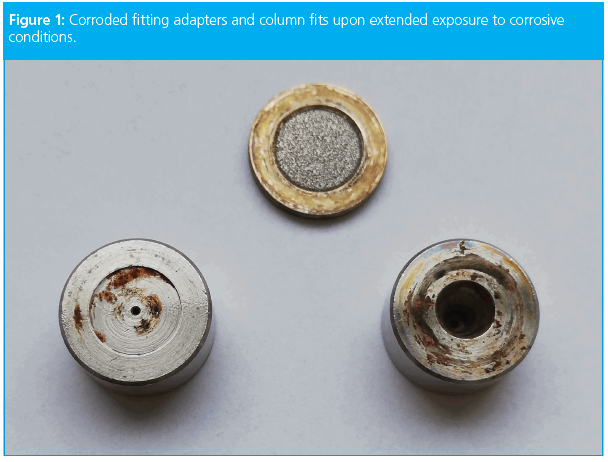LGC Opens New Oxford Facility
LGC (Teddington, UK) has opened a state-of-the-art facility at the Oxford Technology Park (OTP), Oxford, UK. The laboratory was officially opened by Dame Sarah Gilbert DBE and Teresa Lambe OBE, creators of the Oxford AstraZeneca COVID-19 vaccine.
The site will serve as the new home of The Native Antigen Company (TNAC), part of LGC Clinical Diagnostics, and as the host site of an advanced workflow applications laboratory for LGC Biosearch Technologies. It will offer TNAC significantly expanded manufacturing capacity for the production of infectious disease reagents, antibodies, and assays.
“We are delighted to be opening this new, purpose-built facility in Oxford Technology Park, which both expands our manufacturing capacity and provides an enhanced platform,” said Euan O’Sullivan, President and Chief Executive Officer, LGC.
“Our larger manufacturing capacity, greater development of new products, and larger scale production will prove vital for our customers, as it gives us greater ability to move into new areas such as BSL-3 or GMP production,” continued O’Sullivan.
Dame Sarah Gilbert DBE, Professor of Vaccinology at the University of Oxford, said, “I am so pleased to be able to officially open this exciting facility. Following on from the pandemic, I know full well the importance of producing infectious disease reagents, antibodies, and assays, and research into diagnostic tests and treatments—and the work that will be carried out here will continue to impress.”

Analysis of PFAS in Milk by LC-MS/MS
May 15th 2025Dairy milk is one commodity that can be impacted by environmental contaminants, such as PFAS, so it is important to implement extensive, robust, and accurate testing. In this work, a sensitive and reliable method was developed for the analysis of PFAS in milk by LC-MS/MS at levels as low as 0.01 µg/kg.

.png&w=3840&q=75)

.png&w=3840&q=75)



.png&w=3840&q=75)



.png&w=3840&q=75)

















